Easby Abbey
OS grid reference:- NZ 186 000
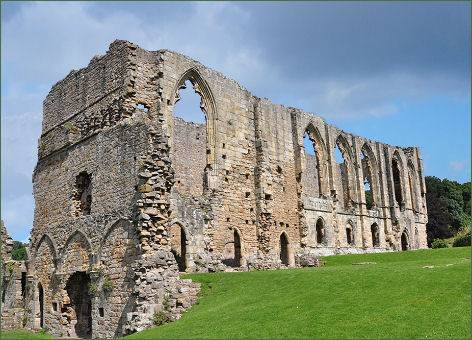 The ruins of Easby Abbey or the Abbey of St Agatha as it is sometimes known, lies in a picturesque setting on the banks of the River Swale on the outskirts of Richmond.
The ruins of Easby Abbey or the Abbey of St Agatha as it is sometimes known, lies in a picturesque setting on the banks of the River Swale on the outskirts of Richmond.
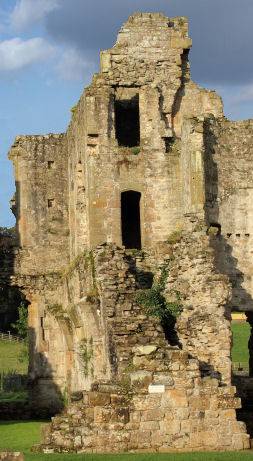 The abbey was founded in 1152 by the wealthy Roald, Constable of Richmond Castle. Roald’s identity is unclear, but it has been suggested that he was the younger son of Hacuil, or Hasculf, de St James, lord of Tansor in Northamptonshire and of estates in Oxfordshire.
The abbey was founded in 1152 by the wealthy Roald, Constable of Richmond Castle. Roald’s identity is unclear, but it has been suggested that he was the younger son of Hacuil, or Hasculf, de St James, lord of Tansor in Northamptonshire and of estates in Oxfordshire.
Belonging to Premonstratensian order, which is one of the smallest religious orders in England, the abbey's inhabitants were canons rather than monks. The Order derived its name from the Abbey of Premontre in the diocese of Laon, it having been inaugurated there by St. Norbert of Xanten in 1120.
The Premonstratensians wore a white habit and became known as the White Canons. Most monks followed the sixth century Rule of St Benedict, renouncing the world for a contemplative life. Norbert elected instead to follow the older Rule of St Augustine, which better fitted his aims that Premonstratensians should serve communities by preaching, teaching, charitable work, and sometimes by direct service as parish priests. Easby was only the third abbey to be established by the Premonstratensians in England.
The main abbey buildings consisted of a church, sacristies which were used for keeping vestments, holy vessels, and written records, cloister, dorter or sleeping quarters, a magnificent refectory, an infirmary, chapter house, guest solar, and an abbot's lodging. Further from the church stood a variety of barns, a bakehouse, and a brewhouse. The precinct was entered through an impressive gatehouse, constructed in the early fourteenth century.
The influential Scrope family of Bolton Castle in Wensleydale were patrons of Easby Abbey in the fourteenth century. Many members of the family were buried at the abbey, surviving niches in the abbey church are believed to be remains of Scrope family tombs. The Scrope tombs must have been impressive; they are desribed by the abbot of Easby, when he acted as a witness in a court case in 1395. In these records where he goes into detail in his description of the tombs of Henry Scrope (d. 1336) and Sir William Scrope (d. 1344). He adds that 'many other of their lineage are buried under flat sones, and upon the same stones are flatly graven their images for sculpures ...'
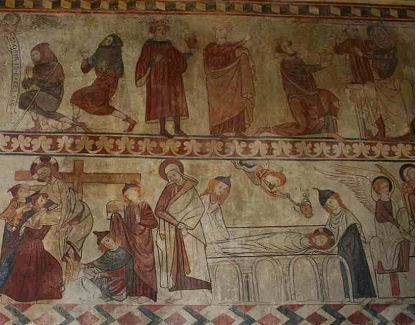 Within the precinct is the still-active twelfth century church of St Agatha, which contains fine thirteenth century wall paintings which were preserved after being whitewashed following the Reformation.
Within the precinct is the still-active twelfth century church of St Agatha, which contains fine thirteenth century wall paintings which were preserved after being whitewashed following the Reformation.
The Church also contains a plaster replica of the carved Easby Cross. The original, which dates from the late eighth or early ninth century, is now in the Victoria and Albert Museum. Easby Mill stands nearby, a late eighteenth century corn mill which was built on to of the original medieval watermill that once served the abbey.
The abbey suffered greatly from Scottish raids during the medieval period. A great deal of damage was caused to Easby and Egglestone Abbey in 1346 when the English army was billeted there en-route to the Battle of Neville's Cross. The culmination of a Scottish invasion of northern England, the battle ended with the total rout of the Scots and the capture of their king, David II of Scotland.
Easby Abbey was surrendered to Henry VIII's commissioners at the Dissolution of the Monasteries in 1536. The abbey and its lands were let to Lord Scrope of Bolton and gradually fall into ruins.
Some the abbey's best features were salvaged, its fine canopied choir stalls and miserere seats are now located in St Mary's parish church at Richmond, while the Scrope family of Bolton removed the sixteenth century carved wooden screen and installed it in the parish church of Wensley.
In 1536 Easby Abbey became involved in the ill-starred Pilgrimage of Grace, a popular northern uprising, in protest against Henry VIII's religious reforms, which were particularly unpopular in the north of England, which felt their effects greatly and clung to Catholicism. Termed "the most serious of all Tudor rebellions, the insurgents were led by Robert Aske, a barrister from London, the youngest son of Sir Robert Aske of Aughton, near Selby. One of the centres of the Pilgrimage was Richmond, and in December 1536, in defiance of the king, the town's bailiffs reinstated the canons at Easby. A monk from Sawley Abbey in Lancashire, visiting Richmond in that month, was told by a group of townsmen: ‘Rather than our house of St Agathe should go down, we shall all die.’
The formidable Henry VIII's wrath against the rebels was ferocious. He wrote to Thomas Howard, the Duke of Norfolk, who was responsible for the suppression of the rebellion:-'at your repair to . St Agatha and such other places as have made resistance . you shall without pity or circumstance . cause the monks to be tied up (hanged) without further delay'. The abbey was returned to Lord Scrope of Bolton, despite his having wavered during the rebellion.
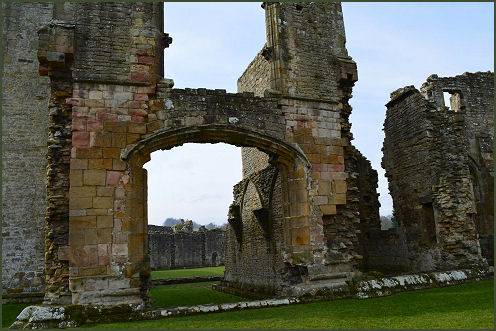
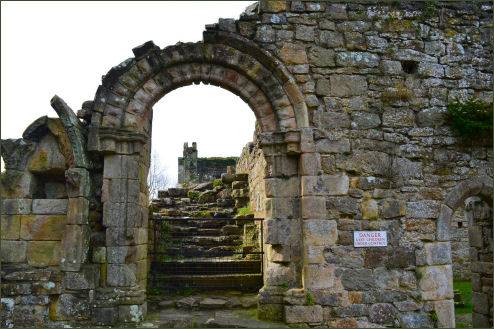
All the leaders of the rebellion were executed. During 1537 Francis Bigod and Thomas Percy, brother of the Earl of Northumberland, were hung, drawn and quartered at Tyburn, Lords Darcy and Hussey both beheaded. Sir Robert Constable hanged in chains at Hull and Robert Aske hanged in chains at York. In total 216 were executed, several lords and knights , 6 abbots including Adam Sedbar, Abbot of Jervaulx and William Trafford, Abbot of Sawley
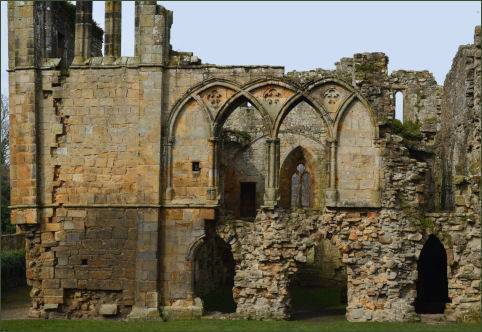
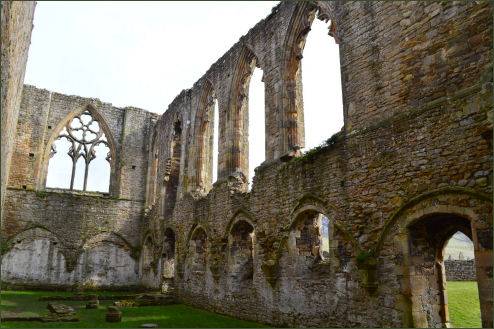
Easby descended with the Scrope family until the death of Emmanuel, Lord Scrope, in 1630. Emmanuel’s daughter Annabel married John Grubham Howe, and the Howes inherited the Easby estate. In 1700 Sir Scrope Howe sold it to Bartholomew Burton. It passed through several different hands in the 18th century, before being bought by Robert Jaques in 1816. The Jaques family continued to own the abbey ruins until 1930, when they were taken into guardianship by the Ministry of Works.
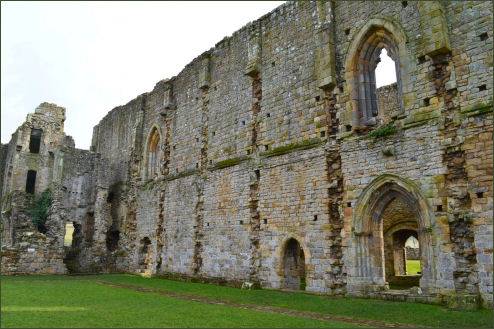
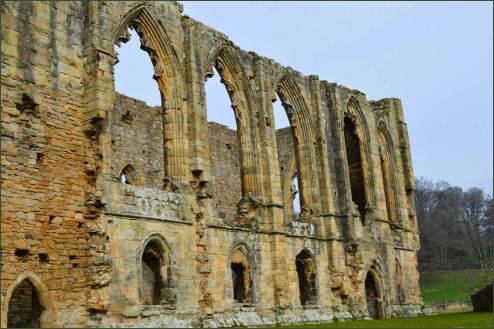
The landscape artist Turner visited the Abbey twice, during his two trips to Richmond in 1797 and 1816. The site is now maintained by English Heritage and can be reached by a riverside trail from Richmond Castle.
Images courtesy of Paul Johnson
Directions
Easby Abbey is 1 mile south-east of Richmond, off the B6271 road
Sat Nav -Postcode: DL10 7EU Latitude: 54.397557 Longitude: -1.714849
Parking -The public car park is located off the highway. To access the site you will need to walk along an unsurfaced, private road.
